It may not be easy to spot or describe an Arts and Crafts garden at…
A long weekend in Pembrokeshire
The South West county of Wales is perhaps most famous for its rugged and dramatic coastline, rock formations and sandy beaches. I wanted to visit Pembrokeshire for a long time so I was excited to spend a long weekend here.
Although the coast is beautiful, I have to admit, I wasn’t impressed by the county. Of course, it doesn’t mean there’s nothing to explore here. On the contrary: it’s a great place for many sport activities and the beaches for a lovely summer holiday. It just didn’t really float my boat.
Unfortunately, we were unlucky with the weather as well: it was cold and very windy and the wind made photography very challenging and impossible at times. In spite of the weather we tried to make the most out of it.
The coastline
Our first stop exploring the Pembrokshire coastline had to be the Elegug Stacks and the Green Bridge of Wales which are just a few minutes walk from each other. I wondered why my photo of this iconic rock looked different and I was sad to see that a big chunk of the Green Bridge of Wales broke off.
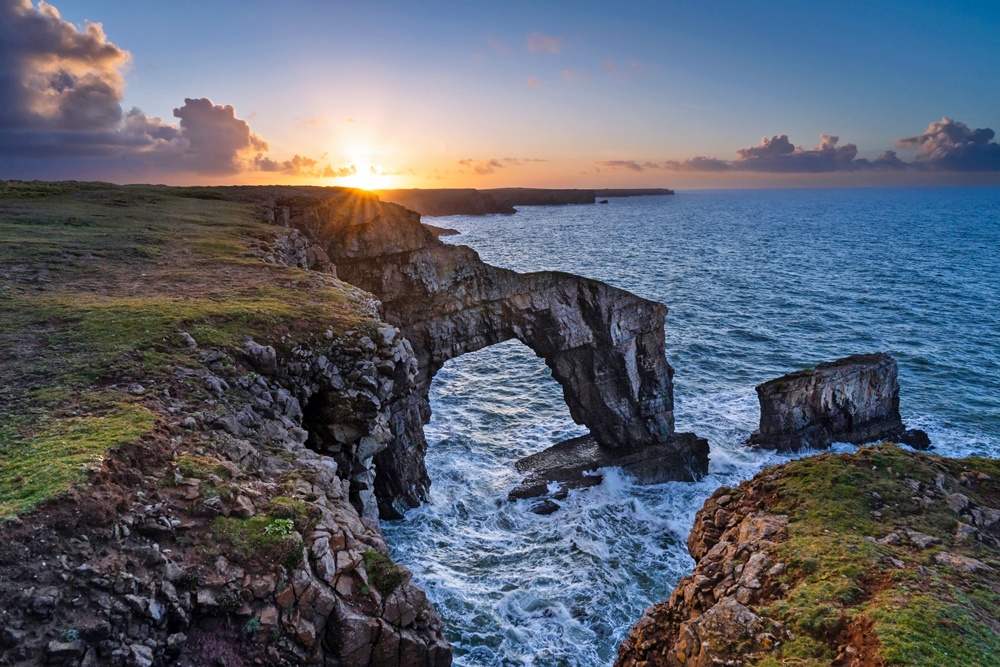
The name Elegug Stacks refer to the guillemots that nest on these rocks (elegug is the Welsh for guillemot). Although the rocks got their names obviously from the nesting birds, they reminded me of a pair of boots.
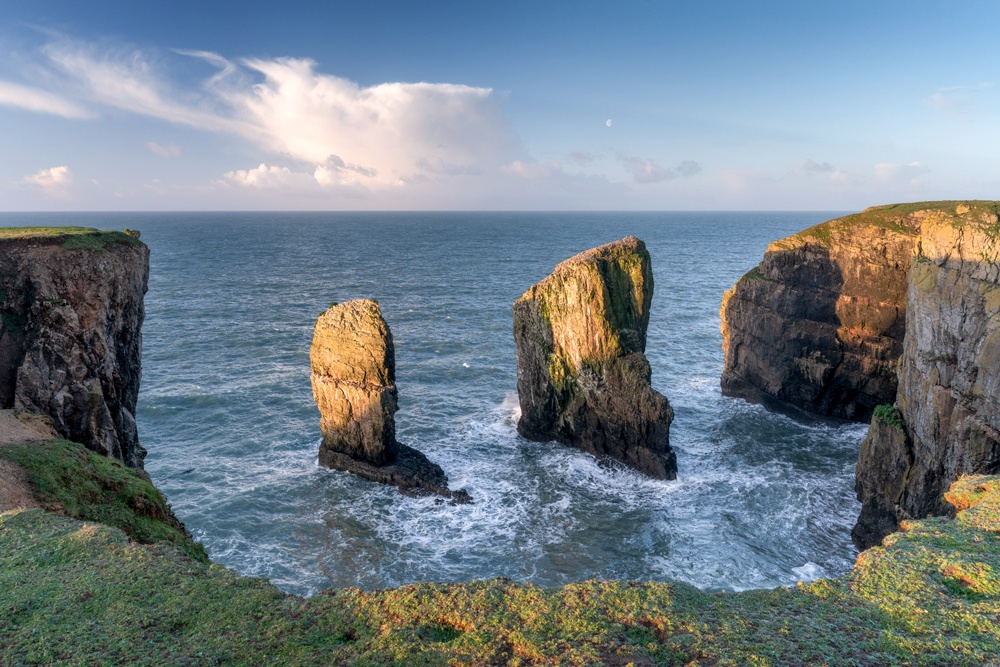
St Govan’s Chapel
With a few minutes drive we got to St Govan’s Chapel which is built into the side of a limestone cliff. Although most part of the chapel is from the 13th century, some parts are dating from the 6th century.
During the 5th and 6th centuries it was common for missionaries to travel the coastline. So did St Govan who on one occasion was chased by the pirates. A cliff opened up for the monk to hide inside. He stayed there until the pirates left and then he stayed here to worship and teach until his death. The chapel was founded by St Govan’s followers in the 6th century.
The pirates returned to St Govan’s Chapel later and stole the silver bell. When their ship was sunk by a storm, the bell was retrieved by angels and entombed it in a rock close to the chapel. When tapped by St Govan the rock sounded thousand times stronger than the bell.
The healing well inside the chapel cured eye problems, skin diseases and rheumatism.
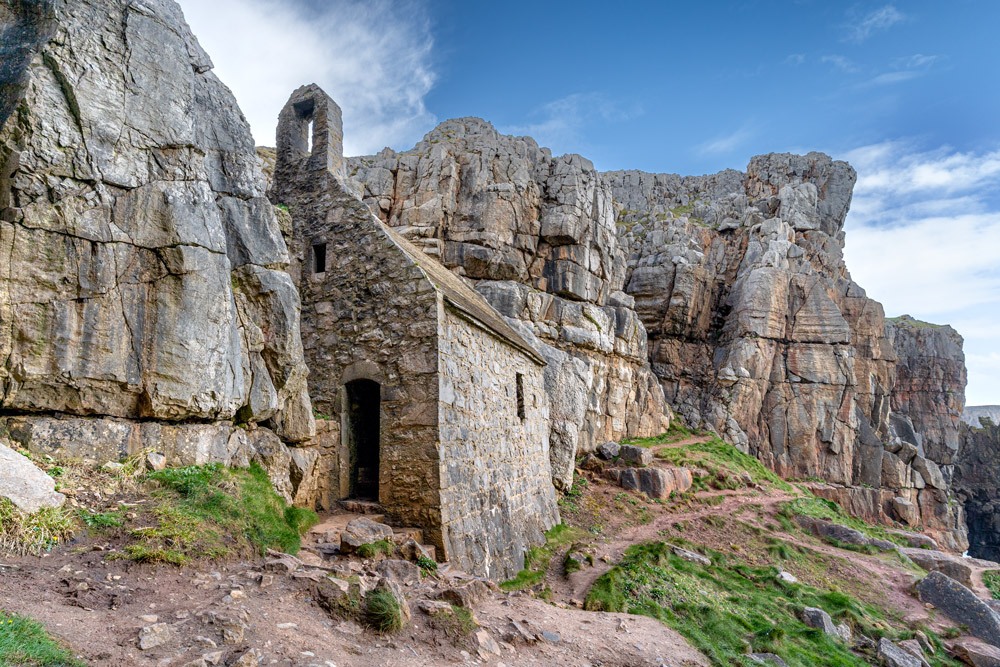
Tenby
Tenby is a typical seaside town famous for its pastel coloured Georgian houses and sandy beach. Although the town has a lovely ambience, the town could do with much needed TLC and it’s also quite expensive.
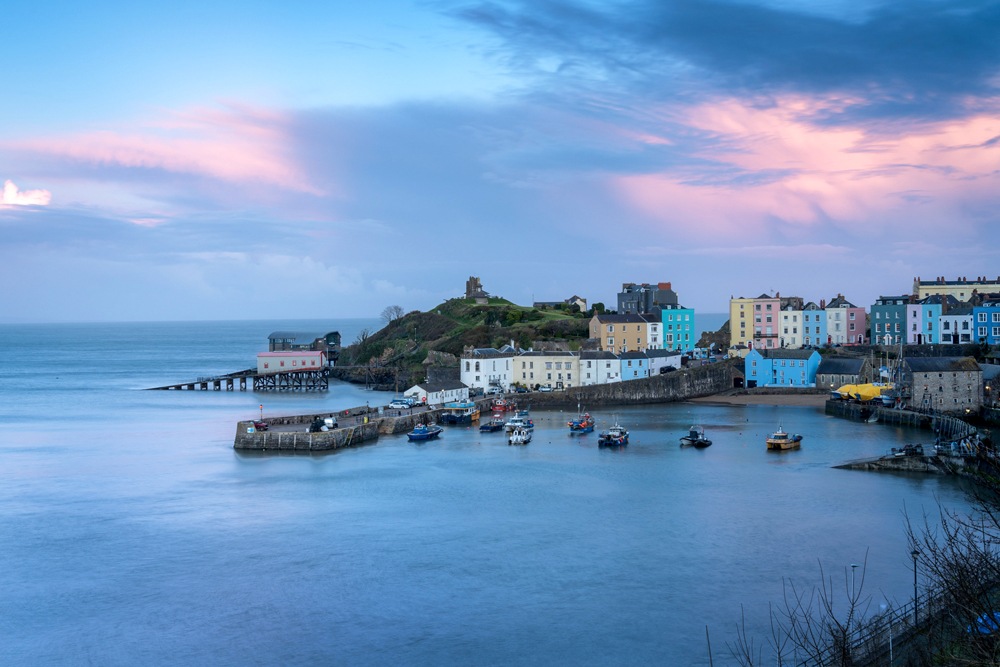
Colby Woodland Garden
To give the Pembrokeshire coastline a break, we visited a National Trust garden, Colby Woodland Garden. Whereas it wasn’t the most exciting garden we’ve ever seen, I quite enjoyed having a gentle stroll and observing nature.
Ty Canol woodland
We couldn’t miss a good hike whilst in Pembrokshire so I chose a trail that goes around this amazing woodland. The ancient woodland has loads of gnarly twisted trees and rocks covered in moss a lichen making it feel like as if you were in an enchanted forest in a fairy tail. I wish I had some fog, the experience would have been even more mysterious. Well, next time.
Pentre Ifan
Not far from this woodland is a neolithic burial chamber called Pentre Ifan. When you stand there you just ask yourself the question: how did they build it back in the day without machinery and tools…
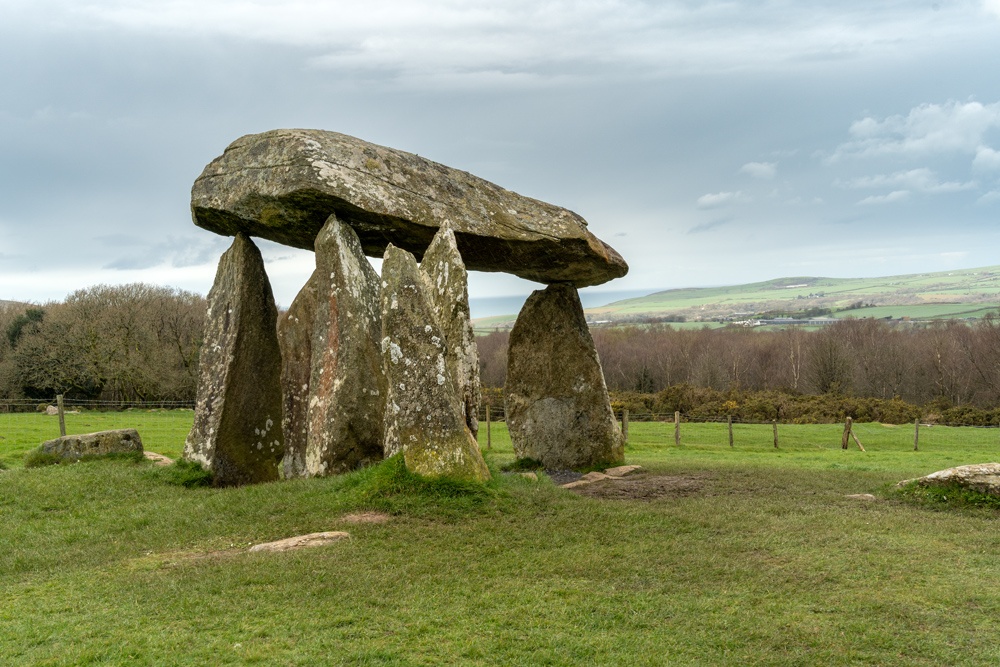
Pembroke
We popped in to Pembroke to have a quick whizz around the town. The castle was closed by the time we got there but it looked rather impressive. I have to say, I wasn’t impressed with this historic town. Again, it would need much TLC to bring it back to its former glory.

Carew Castle
We drove past Carew Castle several times so decided to stop there one morning for a shot. Although I’m not really a castle (fortress) person, I quite liked it, not sure why. Interesting fact is that the River Carew is tidal so depending on the tide you may or may not find water in front of the castle.
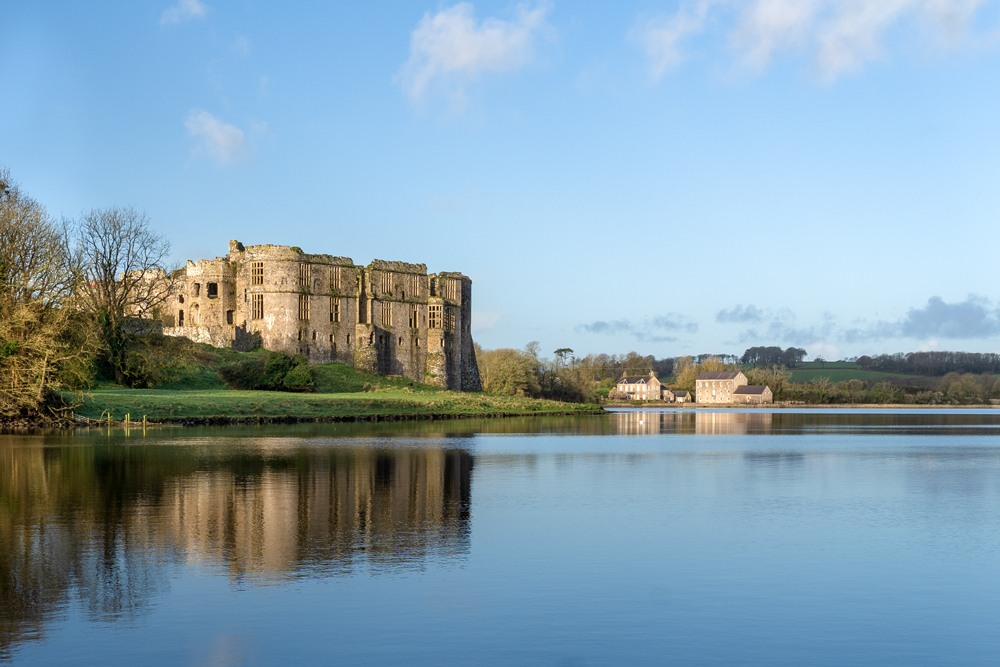
St David’s
St David’s is the smallest town in the United Kingdom with its 1700 inhabitants. I must say, this town was my favourite during our visit to Pembrokeshire. It’s charming, it’s liveable, it’s atmospheric. However, the downside is that it’s full of tourists so may struggle to get a table in the restaurants and even the bakery sold out its products by 14:30.
St David’s Cathedral
Cathedrals always fascinate me, especially those ones which were built in a remote area. It’s interesting for such a small town to have a such a big cathedral.
The interior, especially the ceiling was spectacular. An interesting fact: According to Pope Calixtus II, two visits to St Davids Cathedral is the equivalent to one visit to Rome.
Strumble Head Lighthouse
This picturesque lighthouse was built in 1908 and is one of the last lighthouses built in the country. Although we were there in daylight, I rather liked the contrast of the blue skies with the clouds and green grass and white building.
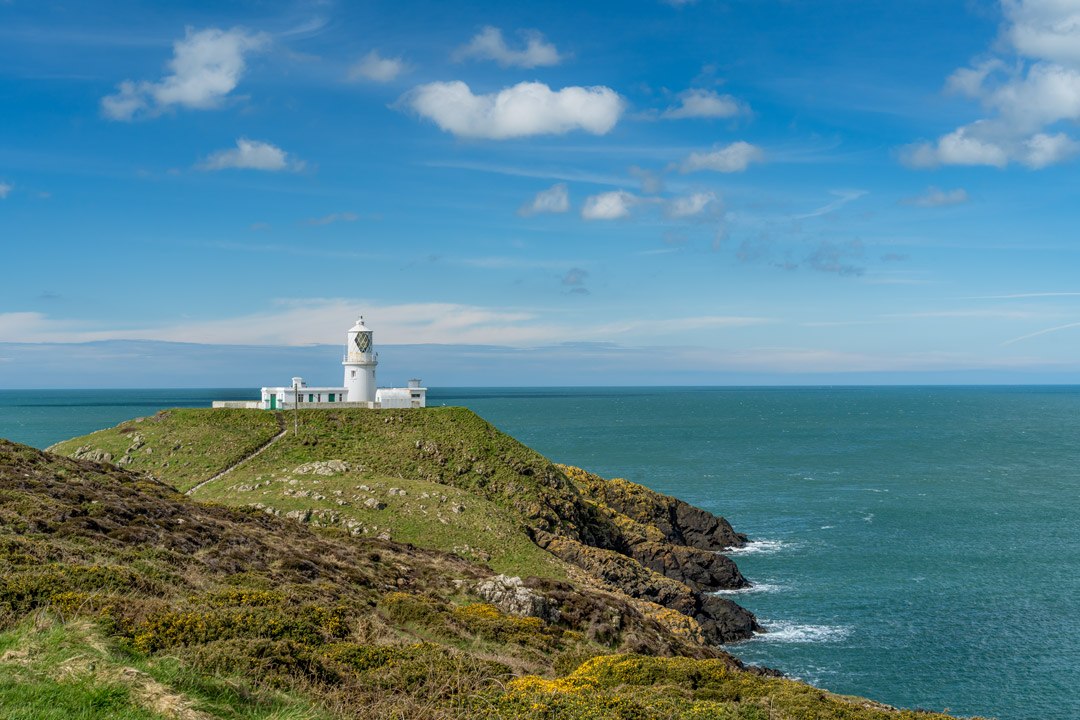
St Non’s Chapel
I definitely wanted to visit St Non’s Chapel because I thought it’s a picturesque location. I was hoping for a beautiful sunset but unfortunately, it just didn’t happen. However, as the sun was approaching the horizon, the colours suddenly went berserk.
According to legend, a young woman called Non gave birth here during a thunder storm. During labour she gripped the rock so hard that she left finger marks behind. In sympathy, the rock split in two. Later, a spring welled up to baptize the baby, who was called David – patron saint of Wales.
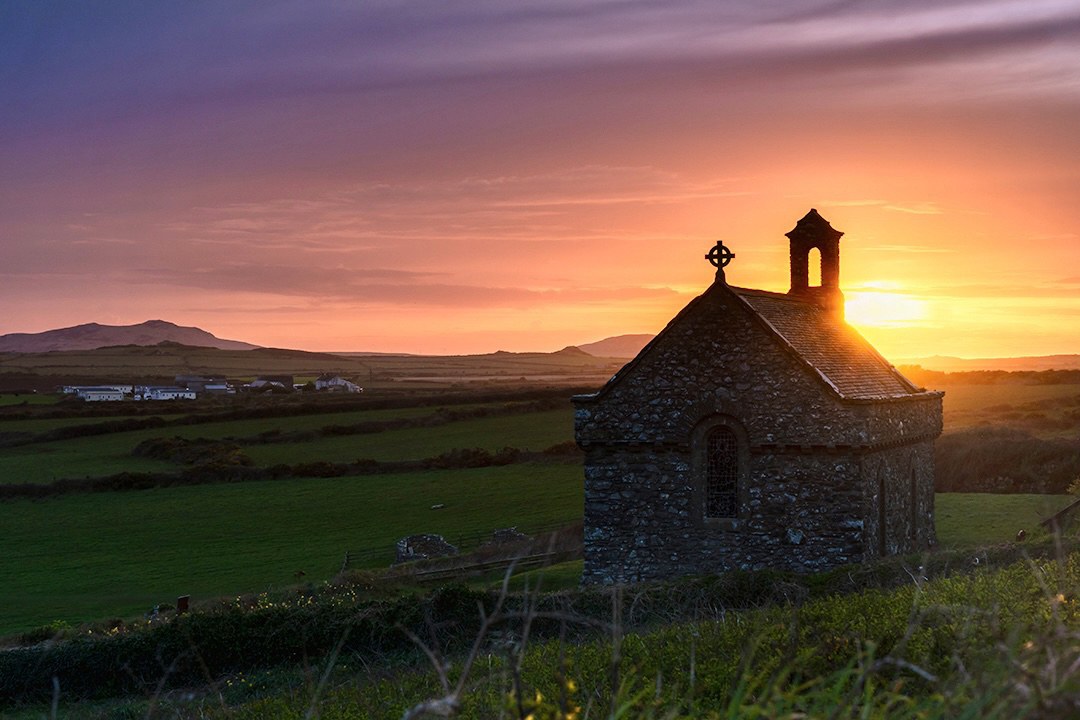
Although the weather wasn’t great and we faced other difficulties like the traffic and opening hours etc looking back how many places we visited, it wasn’t a bad trip at all. Perhaps, I just envisaged a different picture of Pembrokeshire in my head. I bet though, it looks absolutely spectacular in the right weather and season. Either way, it’s definitely worth visiting Pembrokeshire at some point if you can.

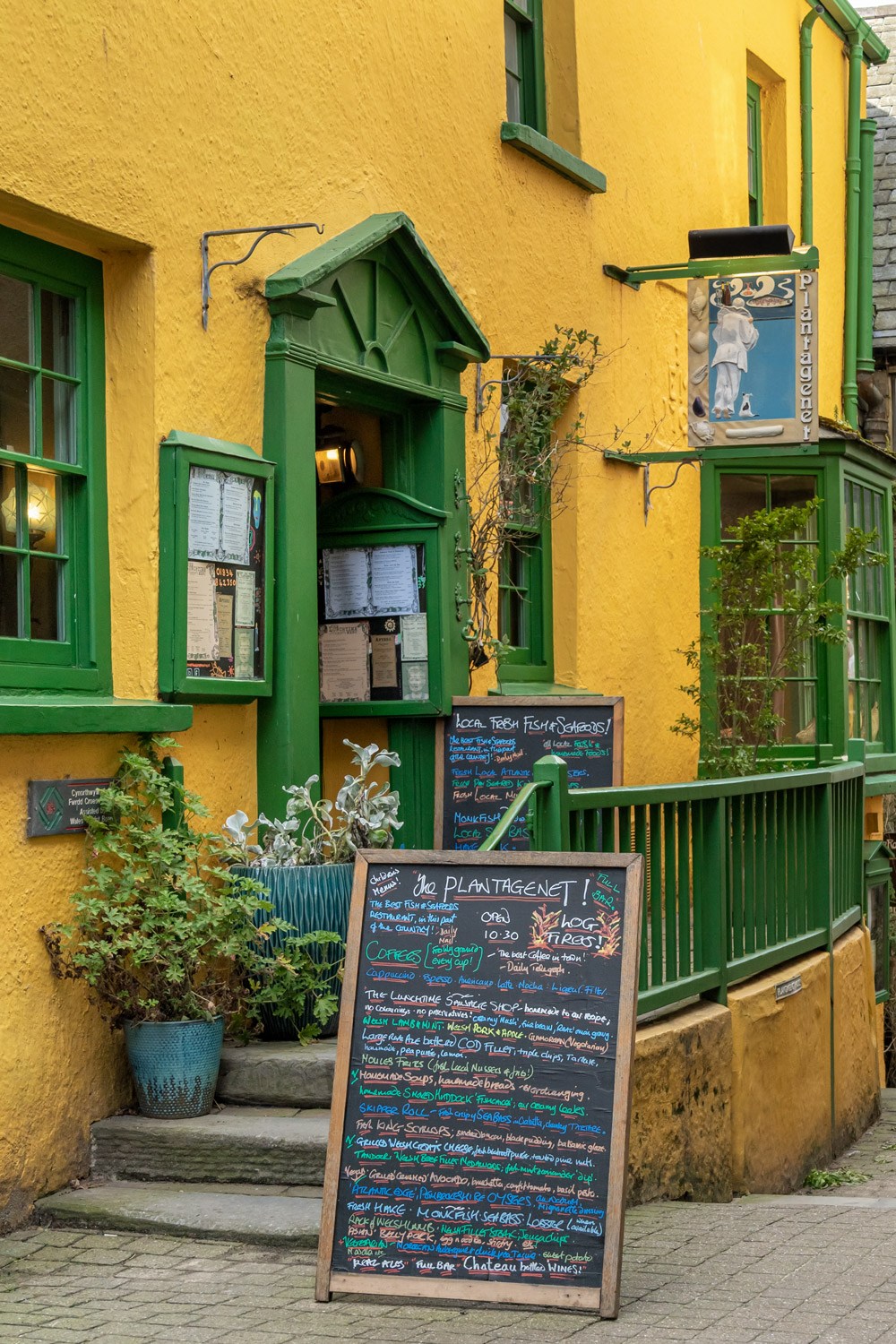
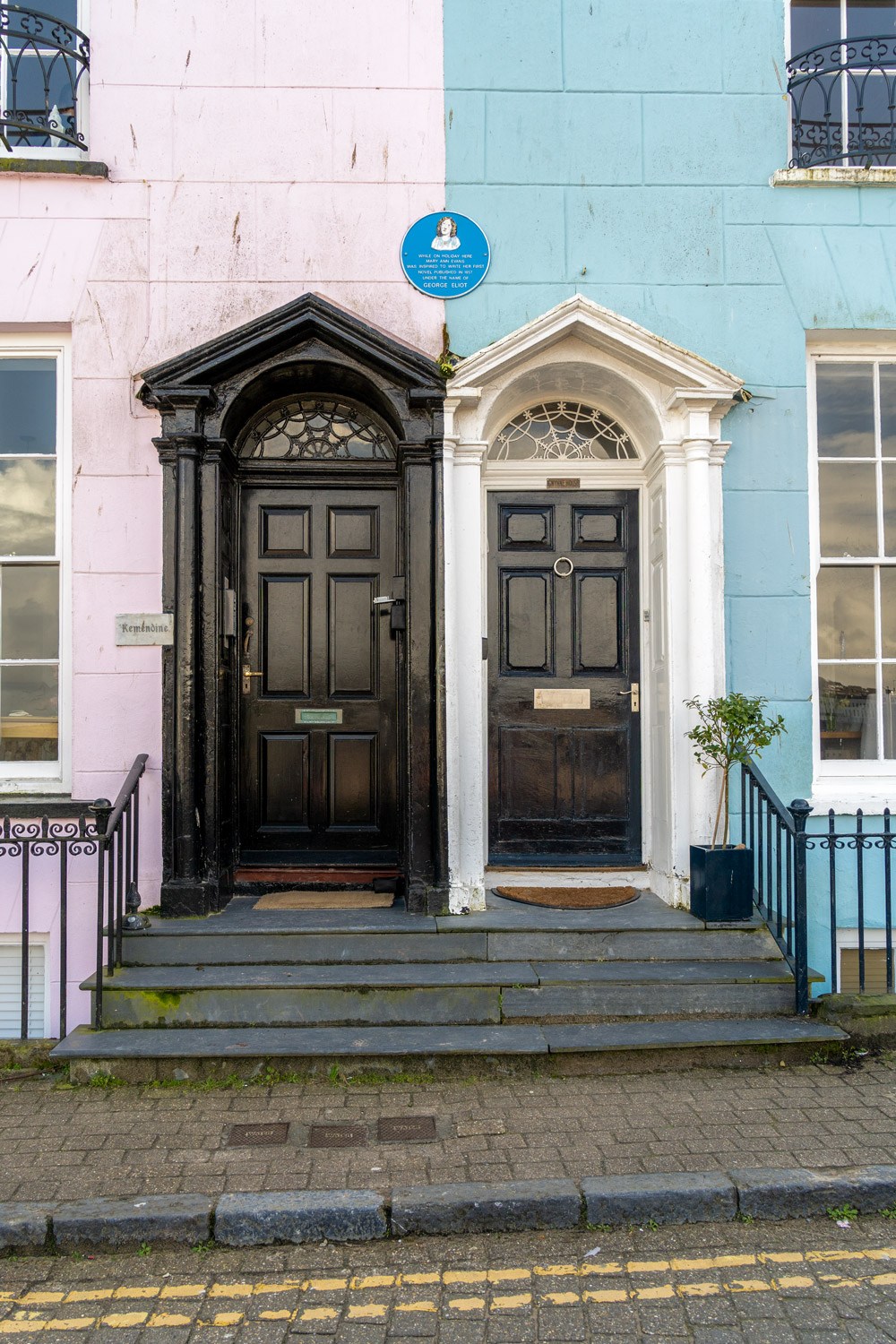
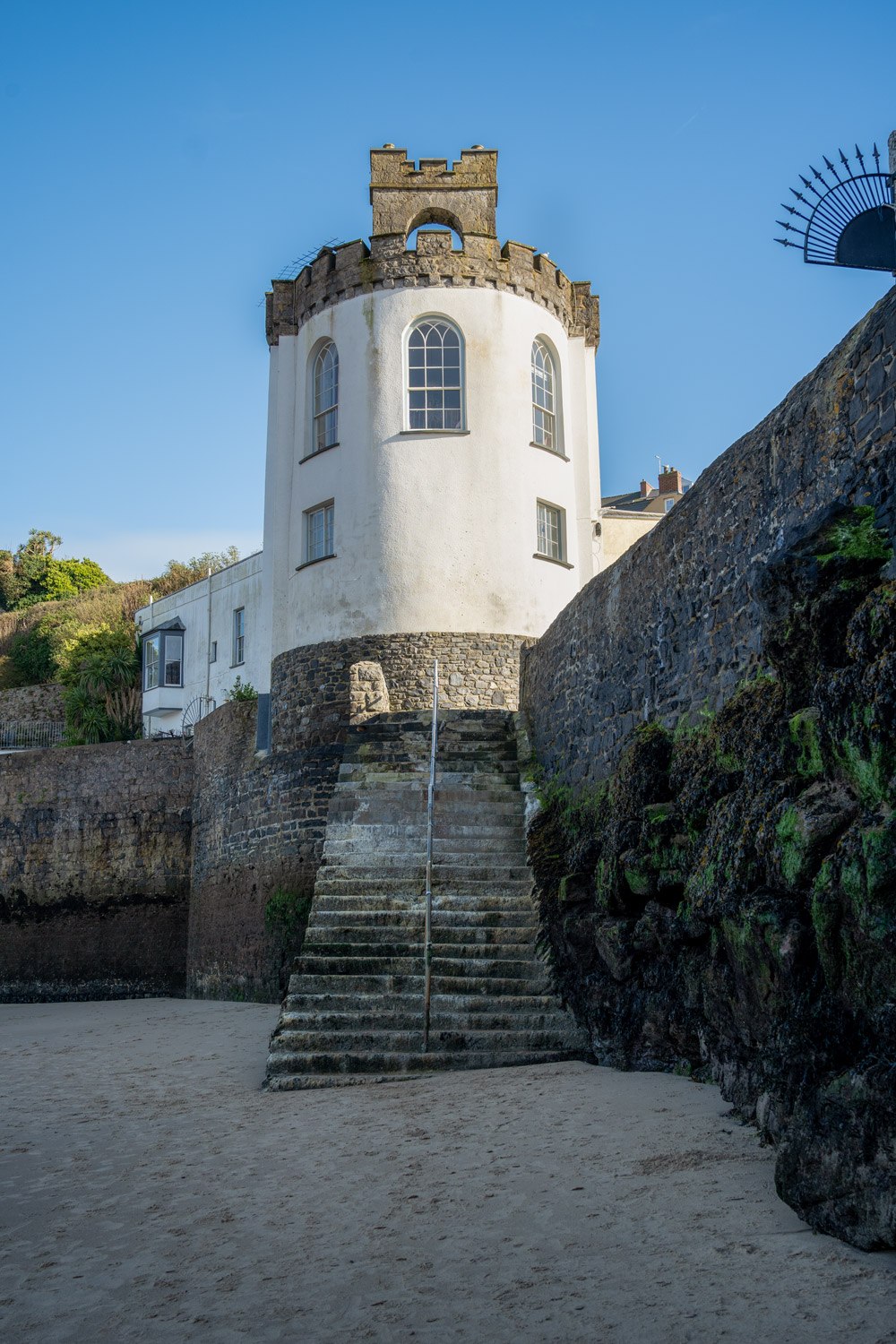
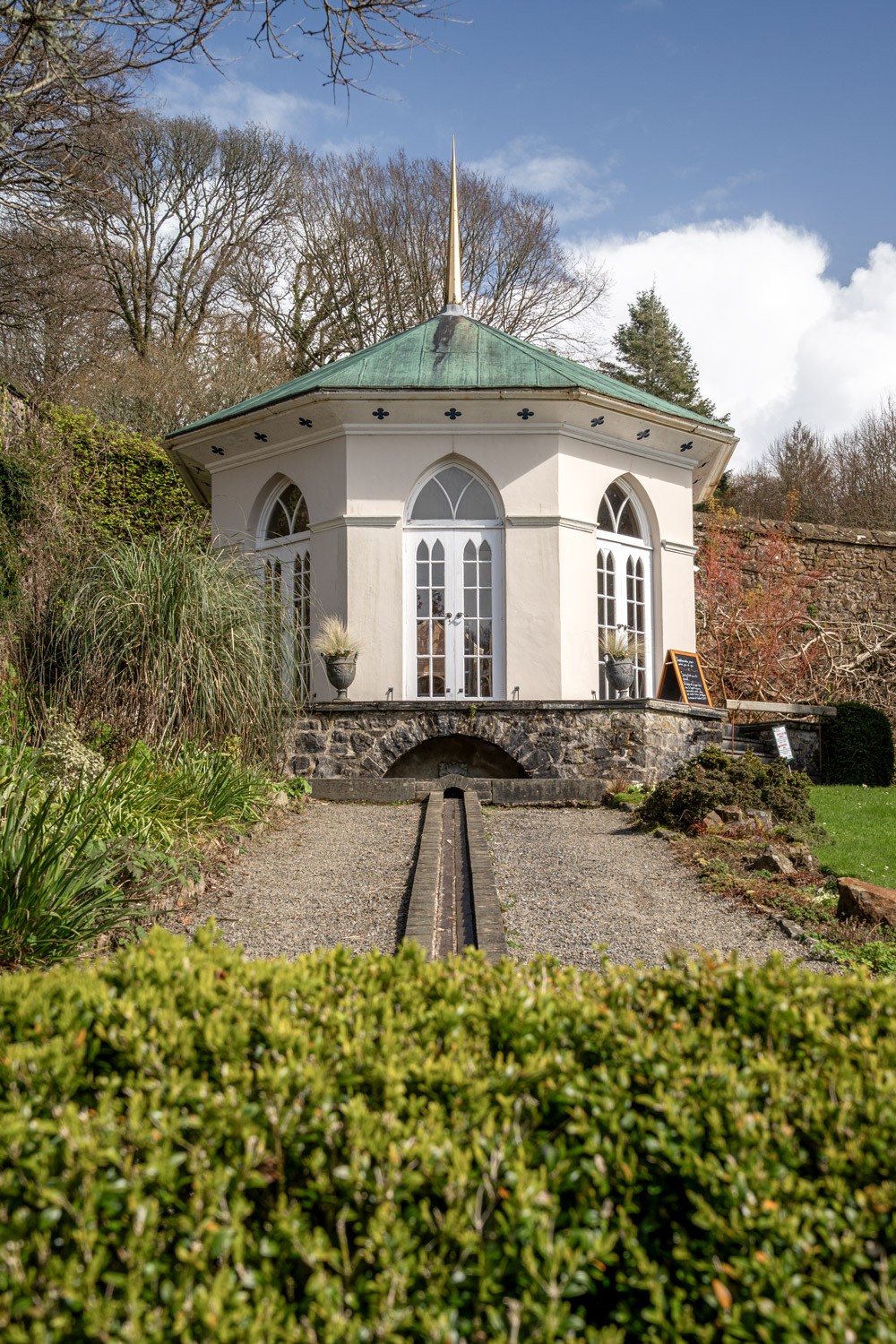
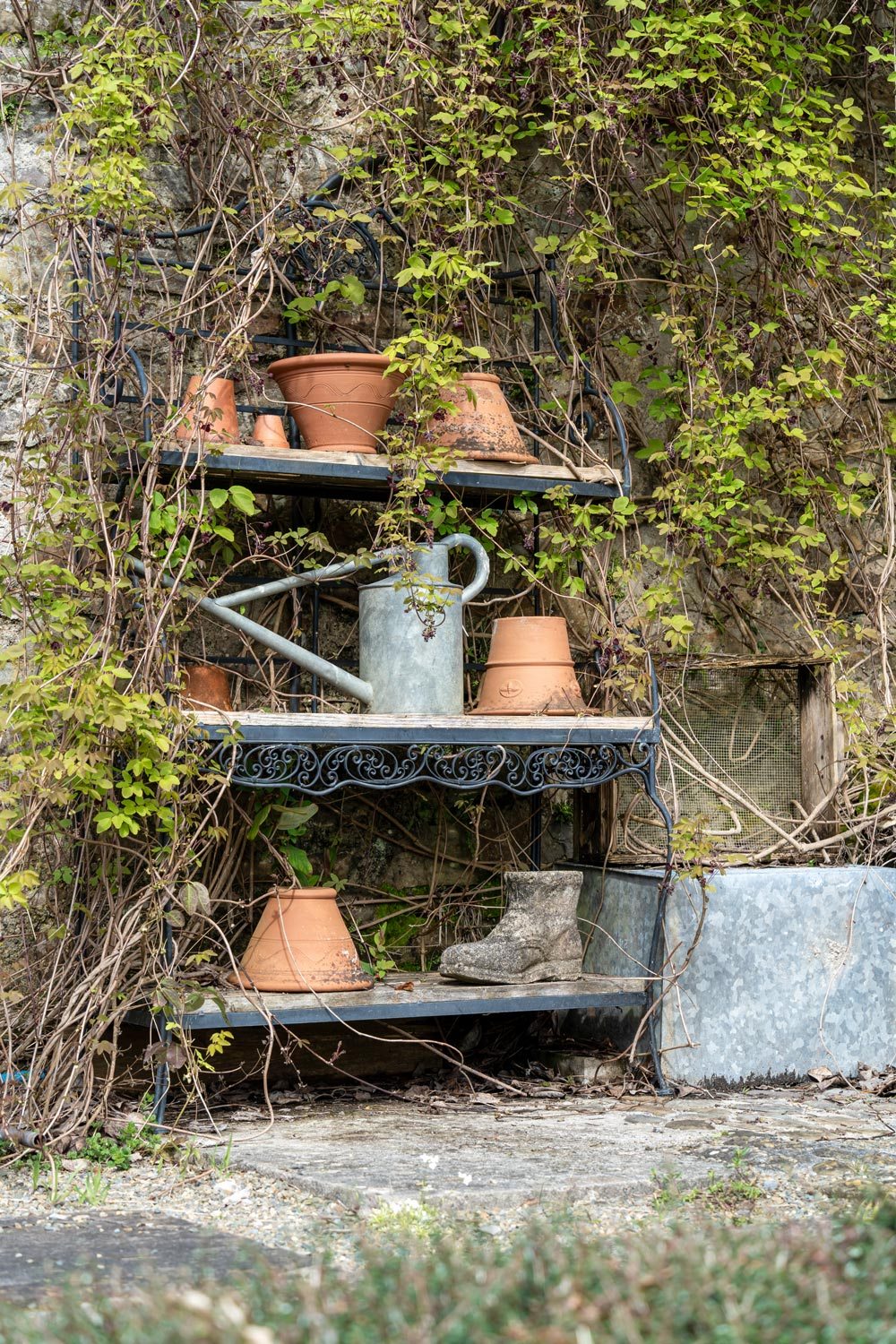

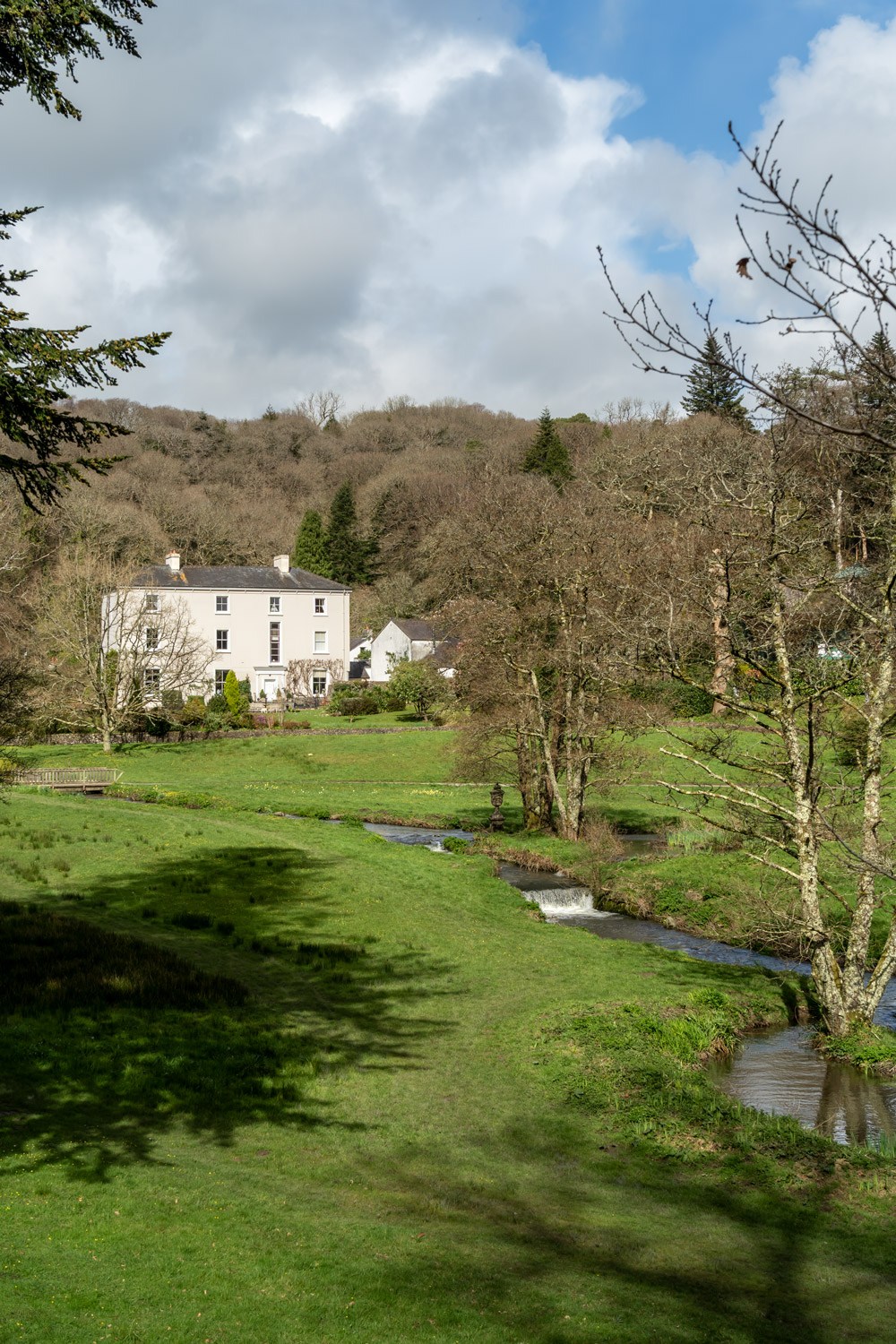

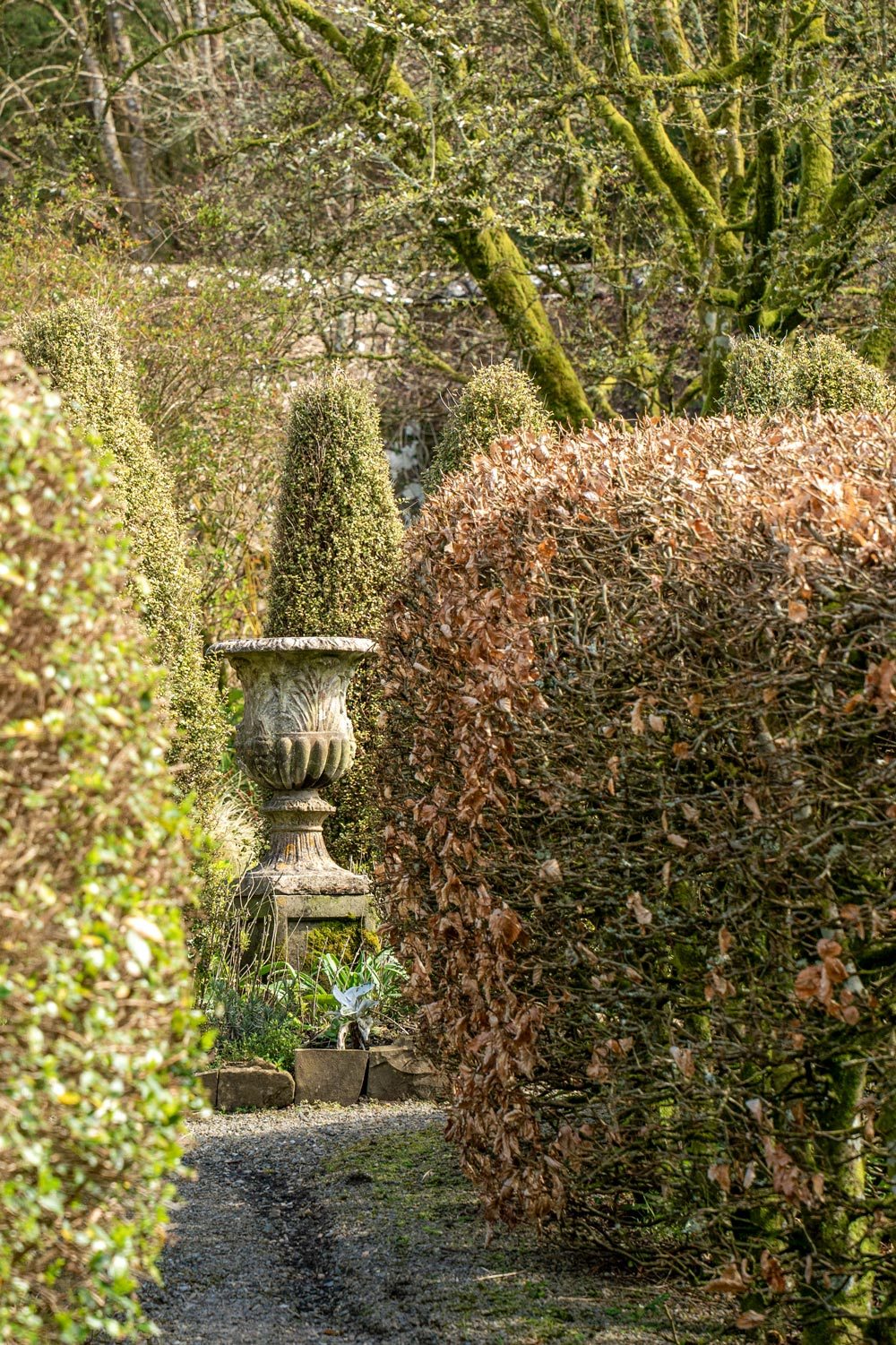
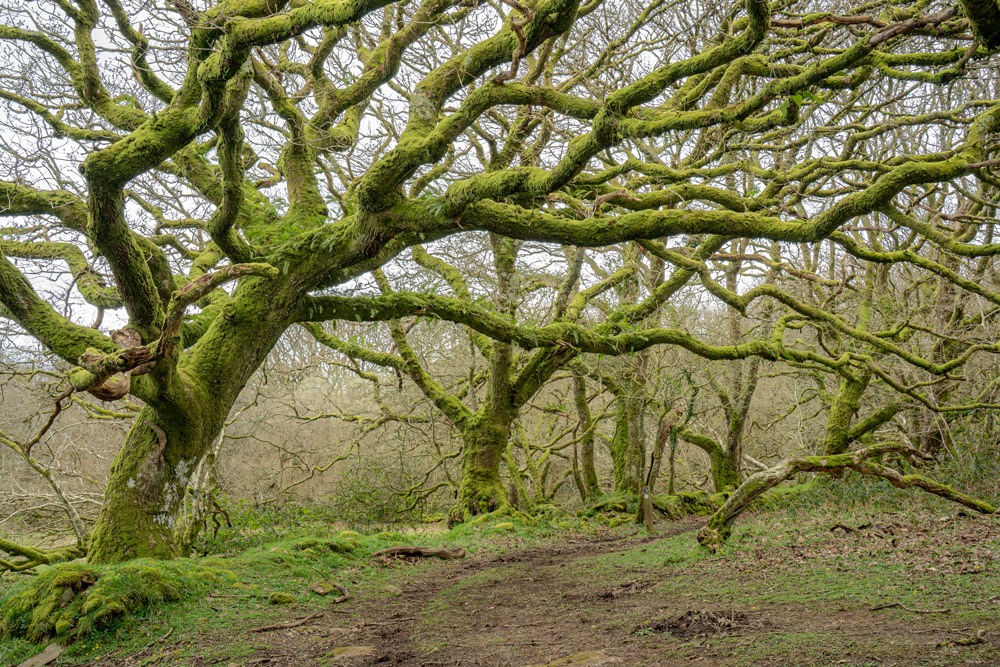
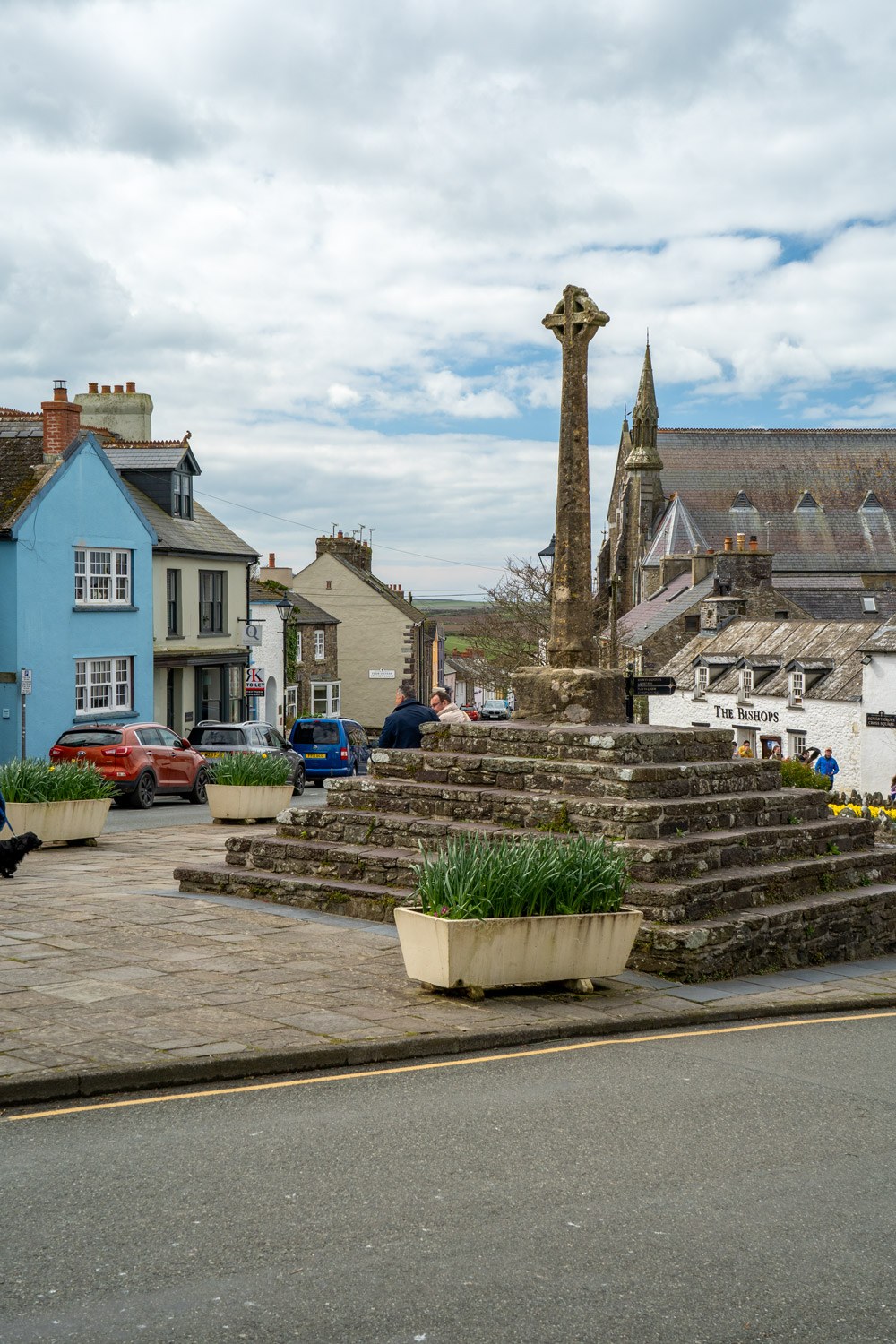
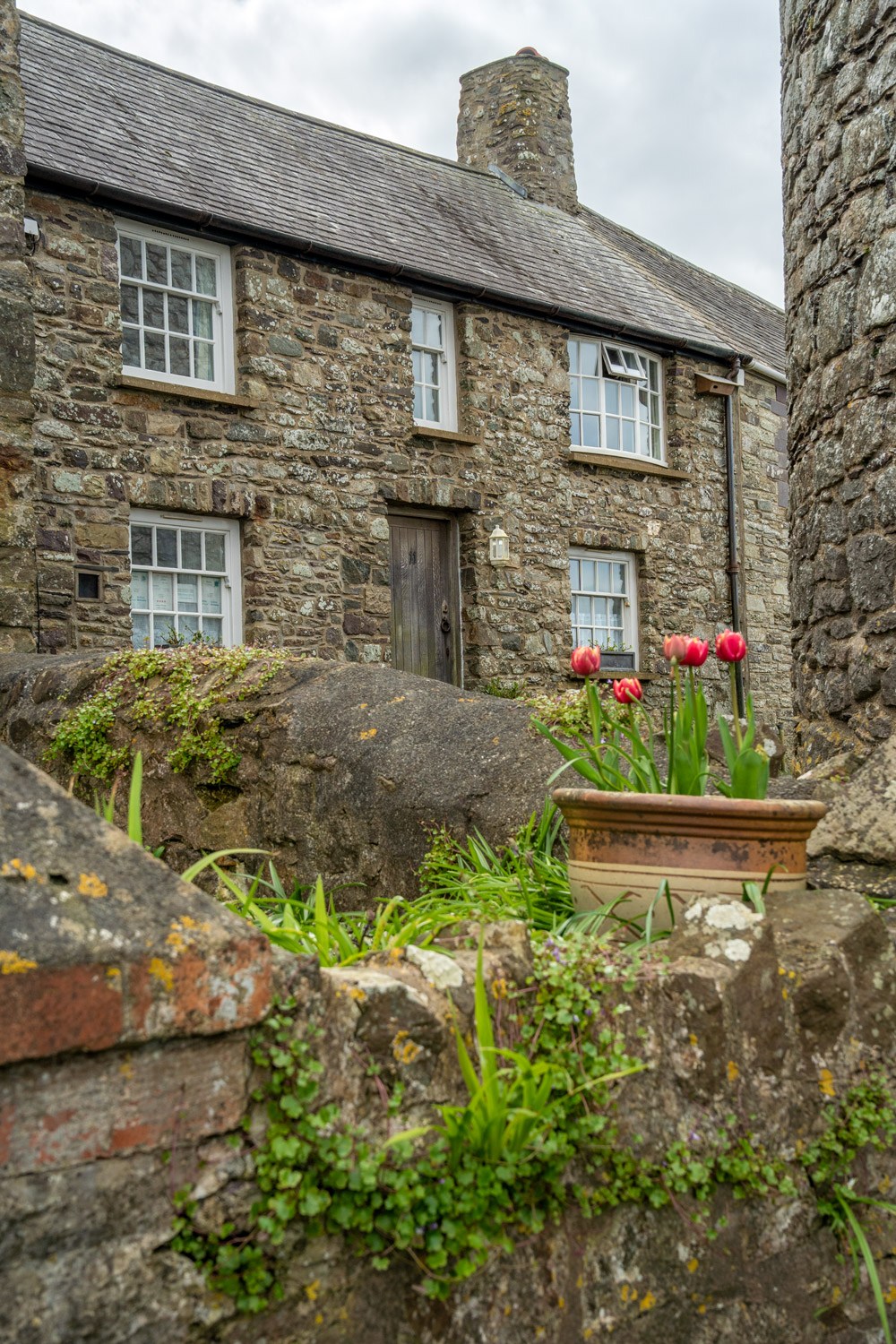
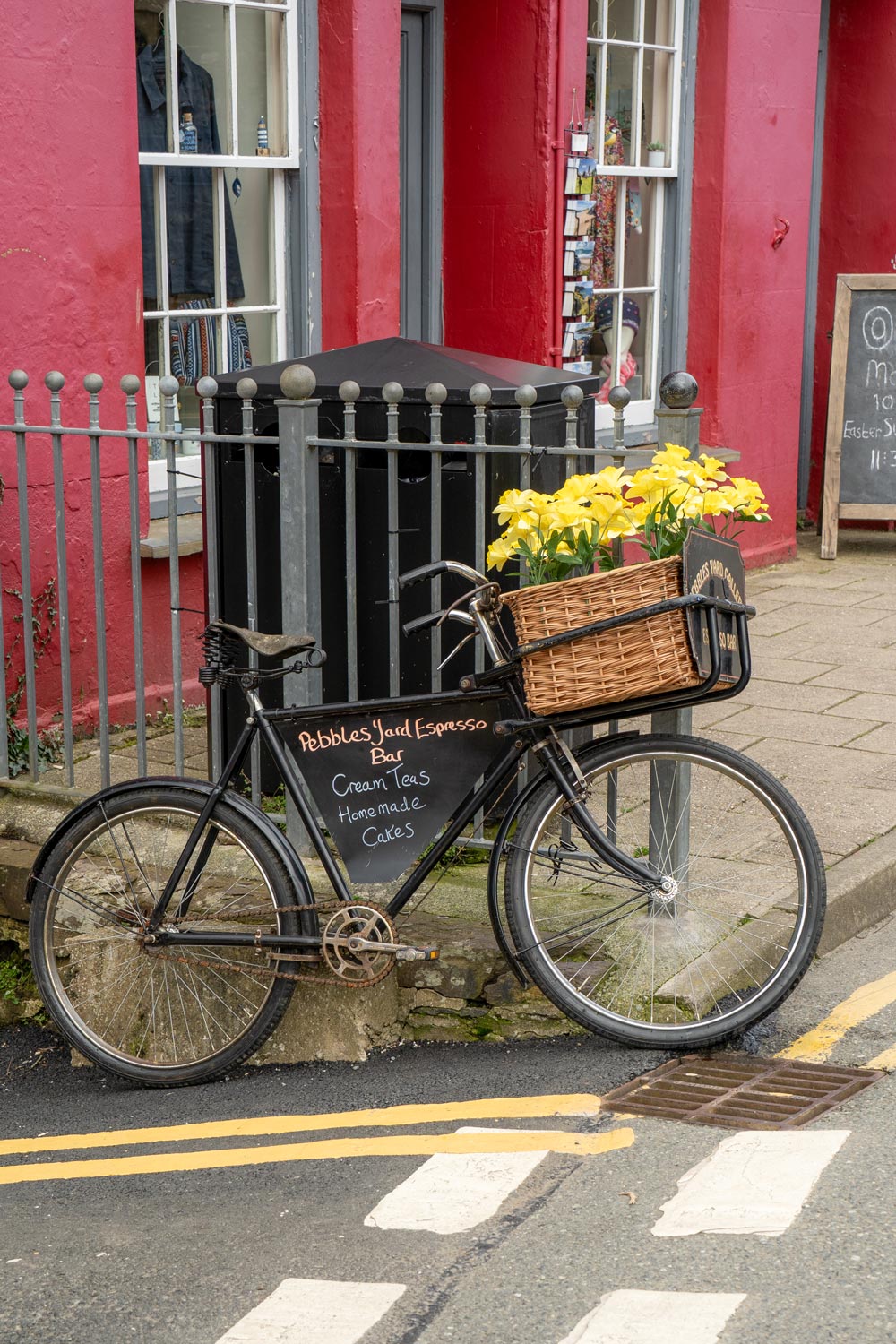
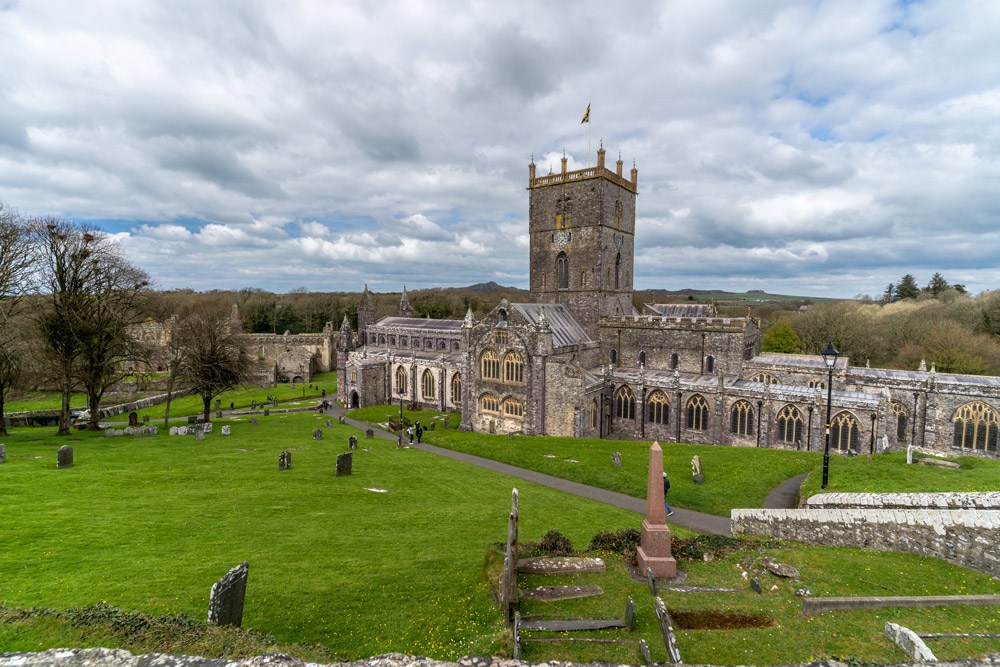
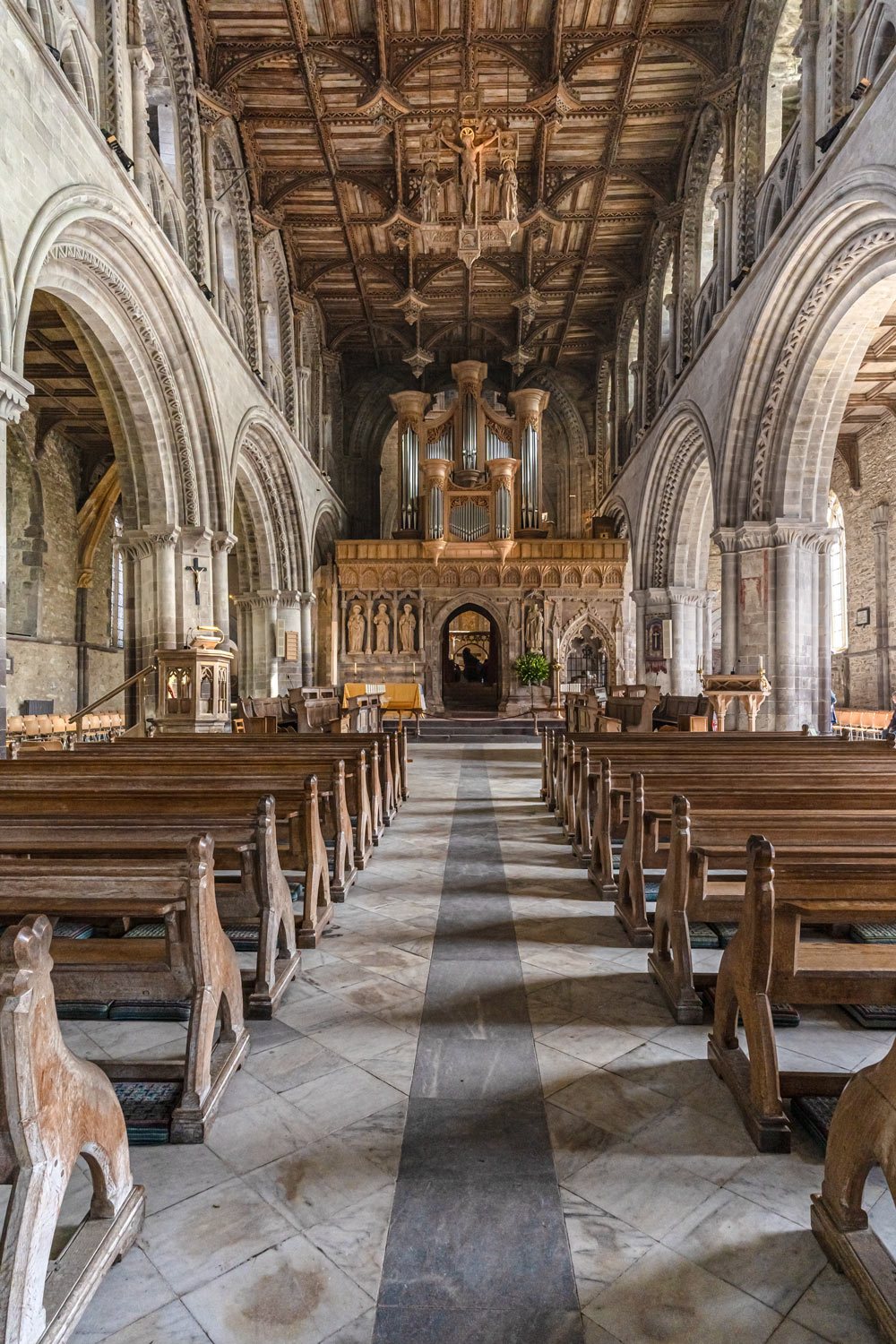
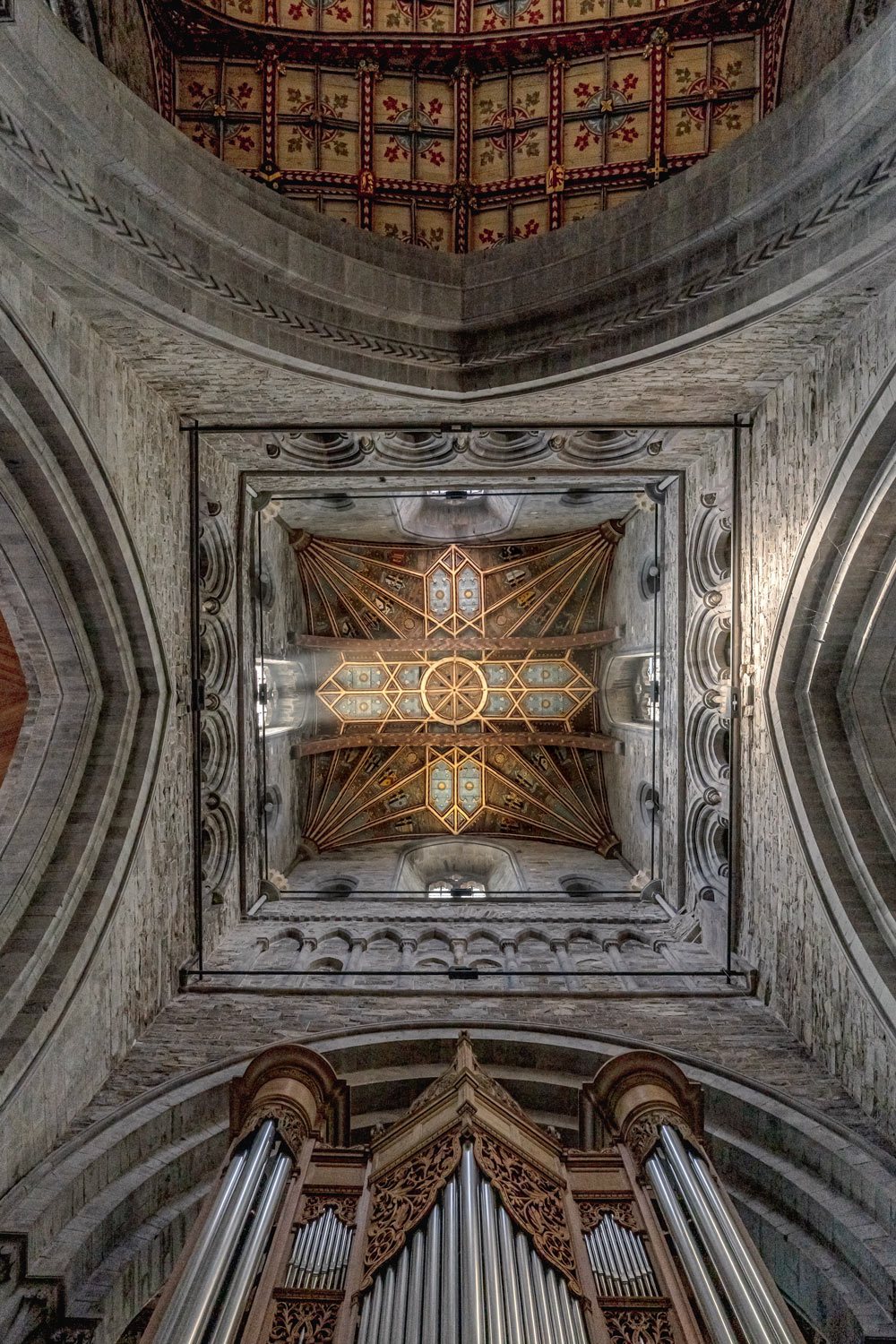

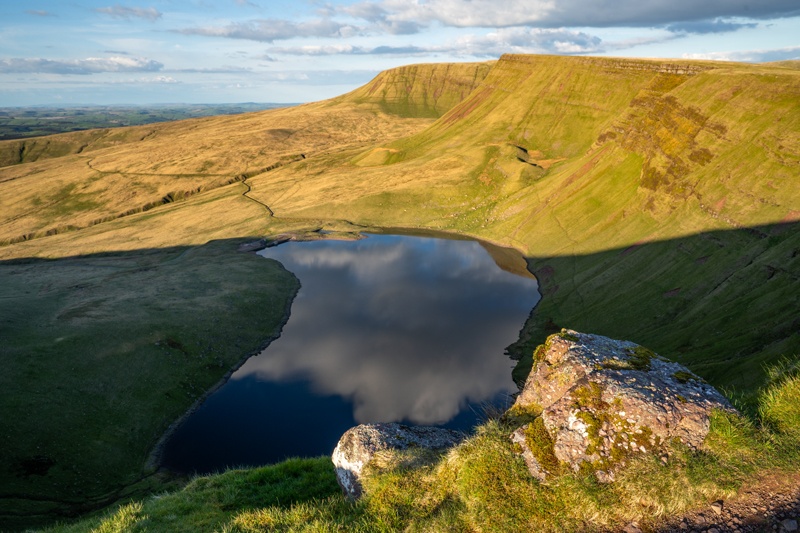

Comments (0)